Mobarakmoskee
s-Gravenhage, NL
First mosque in the Netherlands. Building is recognizable as a mosque (minaret, dome). Pakistani mosque. Damaged by fire in 1987, restored in 1998. In 2005 minaret next to mosque.
Here you can search for a building to visit. You can use the map find destinations, or you can use the filters to search for a building based upon what different criteria.
s-Gravenhage, NL
First mosque in the Netherlands. Building is recognizable as a mosque (minaret, dome). Pakistani mosque. Damaged by fire in 1987, restored in 1998. In 2005 minaret next to mosque.
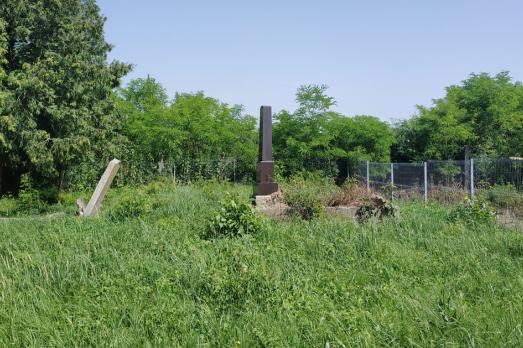
Mochola, UA
The exact period of the cemetery’s establishment is unknown, but according to the dates on the preserved gravestones, it can be assumed that it emerged in the early 20th century. It first appears on cadastral maps of 1865. The site was fenced by ESJF in September 2016.
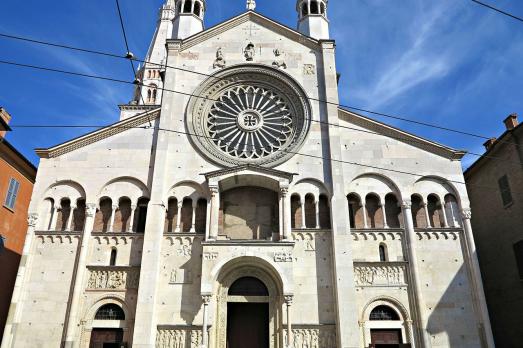
Modena, IT
The Cathedral of Modena is one of the most important Romanesque sites in Europe and is part of the UNESCO World Heritage. Work on the cathedral began in 1099, under the direction of the architect Lanfranco, on the site of the tomb of San Geminiano, the patron saint of Modena. Previously, from the 5th century onwards, two churches had been built on the same site, but both had been destroyed. The remains of the saint are still on display in the crypt of the cathedral. The façade presents different styles. The majestic rose windows were added by Anselm in the 13th century, while the two lions supporting the columns of the entrance belong to the period of ancient Rome and were probably discovered during the excavations for the foundations. The construction of the bell tower was completed in 1319.
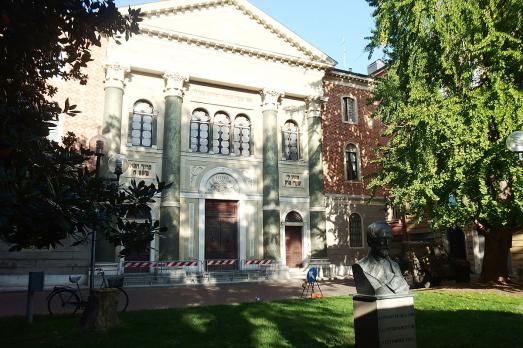
Modena, IT
Built between 1869 and 1873, the synagogue of Modena was endowed with a classicist style by Ludovico Maglietta, who designed the façade and included a colonnade of Corinthian columns in the building, in the women's galleries. The synagogue was miraculously left intact during the Fascist period and the Second World War.
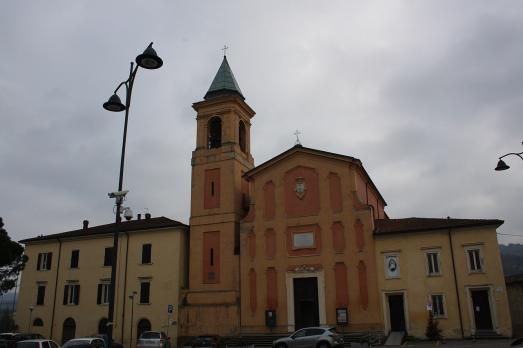
Modigliana, IT
The Co-cathedral of Modigliana has very ancient origins. It was first documented in 892 as a parish church. Due to the extensive renovations it underwent during the 15th century, the crypt is the only remaining part of this ancient church. The new church was consecrated by Pope Julius II (1503-1513) himself during his pastoral visit to the province of Romagna in 1506. Further work was carried out in the 18th century with the addition of the bell tower. When the diocese of Modigliana was created (mid-19th century), the parish church of Santo Stefano became a cathedral church.
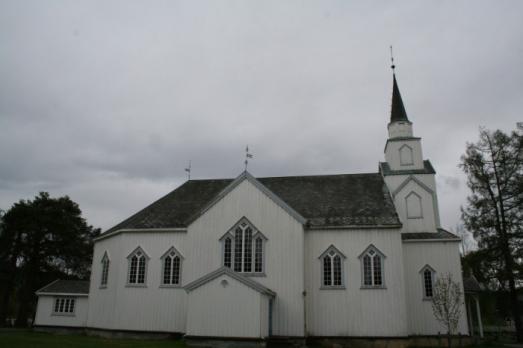
Orkland, NO
The present Moe Church is the third church in Svorkmo. A church for the factory workers was built on Skankebakken in 1675 and was destroyed by a flood in 1816. In the same year, an octagonal wooden church was built on Smedhaugen, about one kilometre further north. This church was demolished in 1866 and a new church was built on Moe. The church on Moe was designed by Ole Fredriksen Rømmesmo and Børre Thorstensen Wulvig, built in 1866-67 and consecrated on 28 December 1867.
Hengelo, NL
Beautiful, newly built church with tower, richly decorated inside according to Syriac Orthodox tradition.
s-Hertogenbosch, NL
Modern church hall, in the middle of an apartment complex, west of the previously demolished large church. St. Anthony and Barbara,
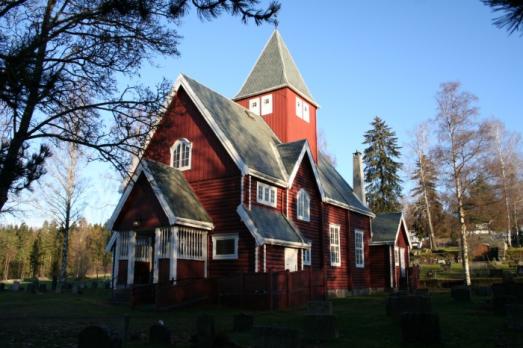
Gran, NO
The Moen church is a long church built according to the drawings of Harald Aars. In 1952 the church was painted red on the outside, probably for the first time. The interior is marked by the restoration in 1964. At that time the walls were sanded down and the floors sanded down.
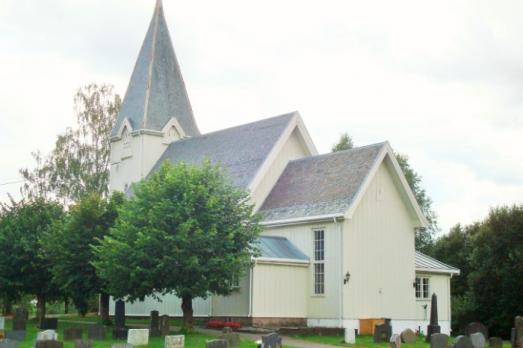
Mogreina, NO
The Mogreina church is a long church dating back to 1912. The architect was Ole Stein, and the builder Karl Olsrud was responsible for the construction. The interior and a large part of the furnishings were modified in 1961 after the church was equipped with a new organ in 1958. The church has a tower at the main entrance to the south.

new
The Chassidic Route is a cultural and historical trail tracing the rich legacy of Jewish communities in southeastern Poland and western Ukraine. This region was central to the rise of Chassidism in the 18th century. Here, we highlight 10 remarkable synagogues you’ll discover along this route.

he cradle of the Industrial Revolution in Germany, Chemnitz, is well-known for its industrial heritage landscape, but the city is also home to remarkable examples of religious architecture from different historical periods. Join us as we explore the key landmarks of this European Capital of Culture 2025.

The twin towns of Nova Gorica (Slovenia) and Gorizia (Italy), lying on the border between the two countries, have a rich religious heritage, steeped in centuries of tradition. If you are looking for ideas for your visit, take note of these 10 religious sites that you should not miss.